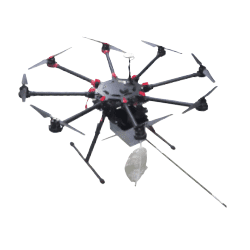Search WikiOdour by Keyword
Source Sampling
The process of obtaining an odorous sample. Various equipment and standard methods applied depending on the source characteristics. For example, a passive area will require different equipment for sampling than an active area source.
Most industrial processes and operations, fuel combustion, and material waste incineration are all serving as sources of atmospheric contaminants. Characterizing these atmospheric emissions enables us to verify compliance with emission requirements prescribed by environmental legislation or to establish measures to reduce them.
There are a variety of sampling methods for measuring substances or contaminants released into the atmosphere. They will be classified by the methodological principle into two categories, i.e., manual methods—usually filtration or absorption, and instrument-based methods.
Manual methods involve collecting a sample from the gas stream and moving it through a filter and a series of impingers or adsorbent solids to trap the substances or contaminants in question, which are then sent to a laboratory for analysis. The concentration of chemicals or contaminants within the gas stream (e.g., in mg/m3 R) are often determined by measuring the quantity of the gas sample and analyzing the substances or contaminants present within the sampling train to measure their mass. Characterizing the gas stream (composition, moisture content, temperature, velocity, and flow rate) makes it possible to gauge the emission rates (in g/s, for example) chemicals or contaminants discharged into the atmosphere.
For a list of our source sampling equipment, click here! Or if you would like to contact us, please click here.


